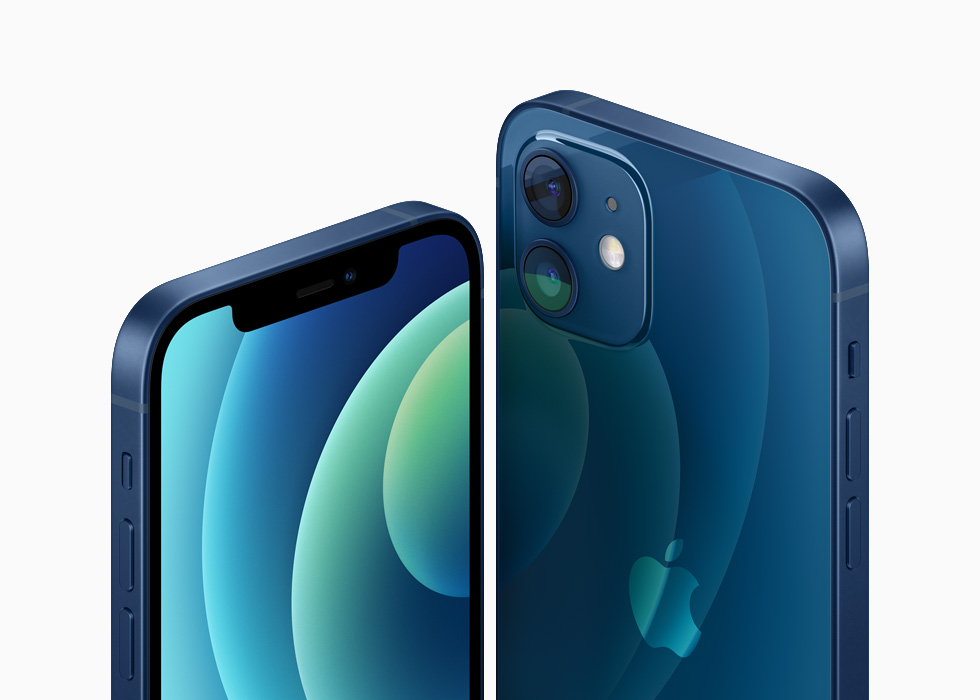Smartphones sell at various price points, ensuring there’s something for everyone. Enthusiastic users with deep pockets have their calibre – the likes of Apple’s latest high-end iPhones, Samsung’s Galaxy S series – and the low-income earners have various options starting as low as $35.
Smartphones come with their own cameras — that are improving by the day — killing the need for digital standalone cameras for users who are professionals in the photography industry. Or, lack deep pockets to grab the latest cutting edge cameras that only take photos and videos, and nothing else.
Digital camera sales have fallen sharply since peaking in 2010. A trend that has also been seen for mirrorless cameras which were expected to save the day.
While you can’t compare smartphone cameras’ output quality to digital cameras, the former have progressively improved since the early 2010s. Now more than ever, there’s less incentive for the average user, to look for a dedicated digital camera.
When the first touchscreen smartphones emerged in 2007, the digital camera industry was flying high.
Three years later, the digital camera industry peaked, shipping 121.5 million units, according to data from the Camera and Imaging Products Association(CIPA), an organization whose members include camera makers like Canon, Sony, Kodak, Nikon and others.
The smartphone then started to chase high megapixel count – the race is still on but not like before. But in recent years, smartphones have not only focused on adding more pixels on the table; they have also drastically improved in terms of image depth and performance.
Improvements in quality and depth have enabling users to capture nice-looking photos even in low-light conditions – a field that had one contestant previously; digital standalone cameras.
And with those improvements, the digital camera industry has been heavily affected. Since the 2010 peak, sales have continued to dwindle. By 2019, worldwide digital camera shipments had fallen 87 per cent to just 15.2 million.
Digital Camera Sales from 2010 to 2019, according to CIPA compiled by Statista.
Data from CIPA shows that the pandemic had heavily hit the number of digital still cameras shipped worldwide in 2020. Manufacturers sold 8.9 million digital camera units in the whole of 2020, a 40.6 per cent decline from 2019.
It’s not hard to link smartphones’ proliferation – with their improved(and improving) camera performance – to declining sales of digital cameras.
Smartphones are getting cheaper too, while their camera capabilities are just enough for an average user who doesn’t need to know how to adjust the aperture and ISO to what level and in what conditions to take a good looking photo.
Users need affordable stuff, that just works — no steep learning curve whatsoever to take good photos. It’s no wonder cameras are among the most prominent factors consumers consider when buying a new smartphone. And smartphone companies know how important cameras are to lure customers into buying or upgrading.
This chart compares how digital camera sales performed since 2003, when the touchscreen smartphone was not existent, until 2007 when an important variable is added in the mix; the iPhone which democratized photography.
Digital camera sales vs iPhone sales/ OM
Still in the iPhone context, over 206 million units were sold in 2020, more significant than digital camera sales in the past six years.
Read Next: The Huawei Y7a is Now Available in Kenya for Ksh 23,000

